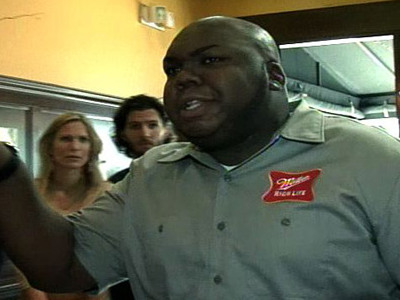cincybrewer
Well-Known Member
Typically before I keg or transfer my beer to a bottling bucket I will move it and then let it sit for at least a couple hours before transferring it so the yeast and everything else settles back down...is this common practice on here? I was debating last minute about kegging my beer tonight but I don't have time to let it sit if I do. Does it make much of a difference?


